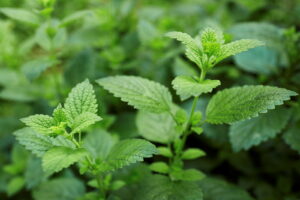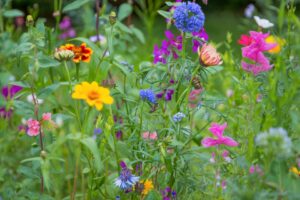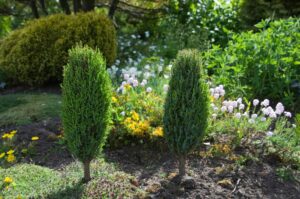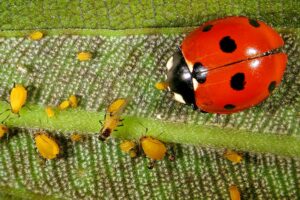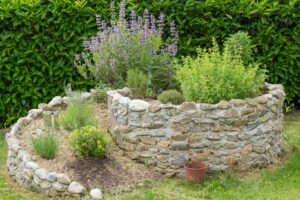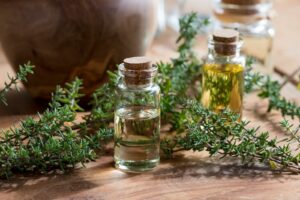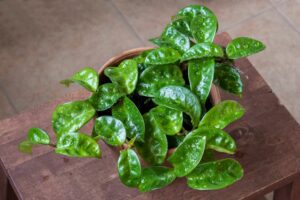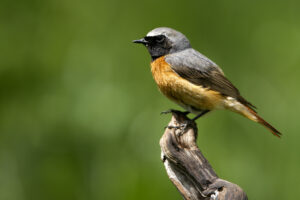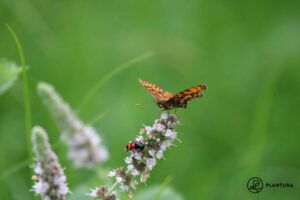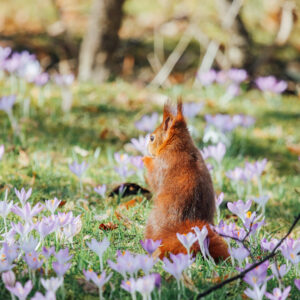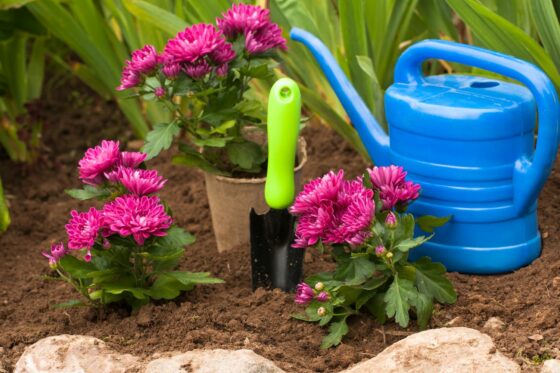Chrysanthemum indicum: varieties, location & overwintering
With some types blooming as late as November, Indian chrysanthemums guarantee a magnificent display of flowers late into the year, making them a wonderful addition to any garden.

Autumn-flowering plants like Indian chrysanthemums (Chrysanthemum indicum hybrids) bring a splash of colour to your garden. Not only that, they also attract various pollinators, who are grateful for a food source so late in the year. Read on to discover some of the most beautiful Chrysanthemum indicum varieties and find out everything there is to know about this autumn-flowering perennial.
Contents
Chrysanthemum indicum: origin and properties
Indian chrysanthemums belong to the daisy family known as Asteraceae. This herbaceous perennial originates from East Asia, but you will mostly find Chrysanthemum indicum hybrids available on the market. The pure cultivars are descended from the species found in East Asia and Japan.
Indian chrysanthemums have a spherically-shaped growth habit. Depending on the variety, they can reach a height of 50 to 120 centimetres. The fragrant Chrysanthemum indicum leaves are dark green, deeply cut, and are attached to the bushy shrub’s fine-haired stems. When Indian chrysanthemums are in bloom, the leaves are often hardly visible as they are covered up by the abundant, circular flowers. The flowers are tubular or ray-shaped, with the double-flowered varieties containing multiple rows of ray flower petals.

Double varieties are well-suited as elegant ornamental plants and cut flowers. However, if you would like pollinators to benefit from your garden, you would be better off opting for single varieties. Chrysanthemum indicum flower petals come in a wide variety of colours. Most varieties tolerate some frost, but are not reliably hardy.
How long do Indian chrysanthemums flower? Since the different Indian chrysanthemum varieties begin flowering at different times, we can categorise these plants into early, medium, and late-flowering varieties. The early-flowering varieties can bear their first flowers as early as June, the medium-early varieties bloom from August or September and the latest varieties begin to flower in October. That said, most varieties will have finished blooming by November.
Our favourite Chrysanthemum indicum varieties
Here are four special varieties of Indian chrysanthemum, which are actually Chrysanthemum indicum hybrids. All of them are winter hardy down to about – 17 °C, making them suitable for growing in the UK.
- ˈNebelrose’: The special thing about the ‘Nebelrose’ variety is its enchanting, silver-pink flowers. The flowers are densely filled with petals, which slowly unfold as they bloom. Growing to about 100 to 120 cm in height, this variety also makes a great cut flower.
- ˈPoesieˈ: This bee-friendly variety initially bears creamy white and then eventually pure white flowers from October to November. The fragrant flowers are semi-double, persistent growers, and for this reason would make a beautiful bouquet. ‘Poesie’ chrysanthemums grow to about 100 cm tall.
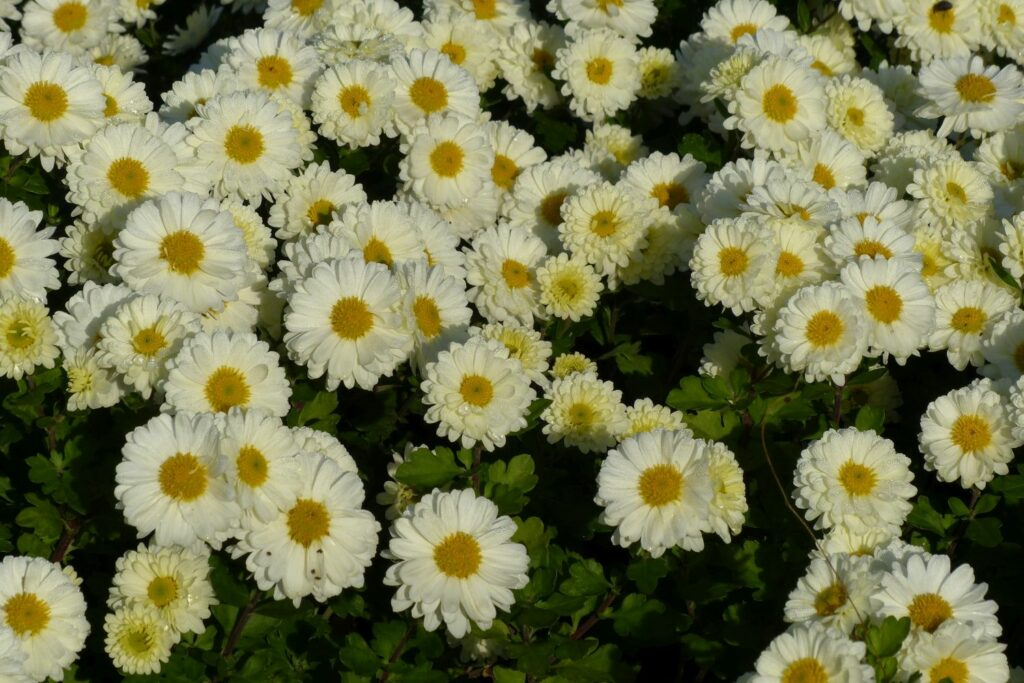
- ˈApricotˈ: The double, apricot-coloured flowers of the ˈApricotˈ variety start to bloom in July. This vigorous variety continues to bear flowers until November. It is also used as a cut flower and grows from 70 to 90 cm tall.
- ˈBienchenˈ: This variety brings a gorgeous splash of colour to any garden. Its golden-yellow pompom-like flowers with orange-brown centres appear around late September.

Planting Indian chrysanthemums
Indian chrysanthemums prefer a sunny and wind-protected spot with well-drained, nutrient and lime-rich soil. In areas with extremely nutrient-rich and moist soils that are prone to becoming waterlogged, Chrysanthemum indicum plants are in danger of freezing to death. This perennial is happiest when planted in spring, or after the end of the flowering period in autumn. Avoid planting the chrysanthemums any deeper than their previous depth. To ensure the best growth and most impressive display of mums, plant them individually.
Chrysanthemum indicum plants can also be grown in pots. To do this, simply pot them up into much larger pots, ideally with a drainage layer to allow excess water to run off. We recommend using a high-quality potting soil to meet the nutrient requirements of your autumn-blooming chrysanthemums. Our peat-free Plantura Organic Flower Compost is a good choice. This compost contains fertiliser to ensure your plants have optimal starting conditions and also ensures long-lasting and luscious blooms.
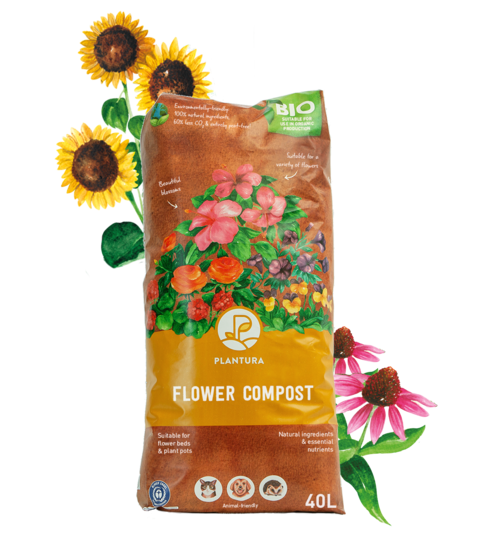
- Perfect for all flowering plants in garden beds & pots
- For beautiful blossoms & healthy plant growth
- Peat-free & organic soil: CO2-saving composition
Tip: When planting Indian chrysanthemums, it is a good idea to prepare the soil by mixing in some lime. It is especially important to add lime to acidic soils, as chrysanthemums cannot absorb nutrients effectively if the soil is too acidic. Lime also improves the structure of the soil, boosting the water permeability and the plants’ ability to root.
Chrysanthemum indicum care
To keep your Indian chrysanthemums in top shape, there are a few care measures to follow.
Watering Indian chrysanthemums: Avoid letting the soil stay wet at all costs. Always check the moisture of the soil with your finger before watering again to avoid watering too much.
Cleaning out, pruning and dividing: Regularly pruning all faded flowers during the flowering period will help the chrysanthemums produce more flower buds. Divide the roots approximately every two to three years to revitalise or propagate the plant.
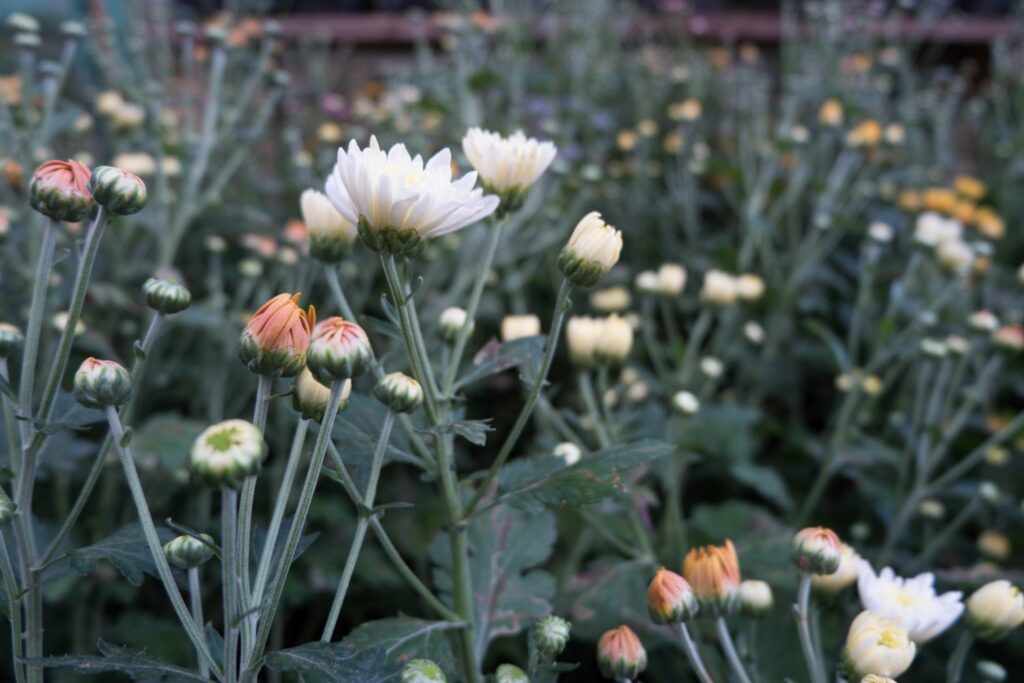
Fertilising Indian chrysanthemums: Fertilising helps to provide chrysanthemums, especially those in pots, with the nutrients they need to get them through from March to September. We recommend using a granular fertiliser for chrysanthemums in beds. For potted plants, it is best to use liquid fertiliser that you add to the water you use for watering. Our Plantura Liquid Flower Food is a sustainably-produced fertiliser that can be applied when you water the plant every one to two weeks for the specified period. This flower food promotes healthy, sturdy growth by providing nitrogen and potassium, while also utilising beneficial microorganisms to make up for its reduced phosphorus content.

- Perfect for all flowers & balcony plants
- Liquid fertiliser for a lush blossom throughout the season
- Quick & easy application - child & pet friendly
Chrysanthemum indicum care after flowering: When the autumn mums have faded, it is a good idea to leave the withered shoots over the winter, since these serve as natural frost protection. In spring, cut the plant back close to the ground to encourage new shoots to grow.
Is Chrysanthemum indicum hardy?
There are Chrysanthemum indicum hybrid varieties available in shops that are categorised as suitable for winter hardiness zone Z7. These varieties tolerate temperatures of around – 12 °C to – 17 °C. As there are also less hardy varieties, it is important to research and choose wisely when buying these plants for your garden. Indian chrysanthemums that are planted in autumn will certainly require winter protection. To protect the plant’s root ball, cover it with clippings, brushwood, or straw. Alternatively, you can also cover the plant with a breathable garden fleece.
Are Indian chrysanthemums poisonous?
Yes, Indian chrysanthemums are very poisonous to cats, dogs, rodents, and even grazing animals. All parts of the plant can cause them severe poisoning symptoms.
Yet, there are actually some edible chrysanthemums (Glebionis coronaria) which, unlike most chrysanthemum species, are suitable for human consumption. Although it is not clear whether Chrysanthemum indicum is poisonous, it is best that children and adults do not ingest any part of the plant as a precautionary measure.
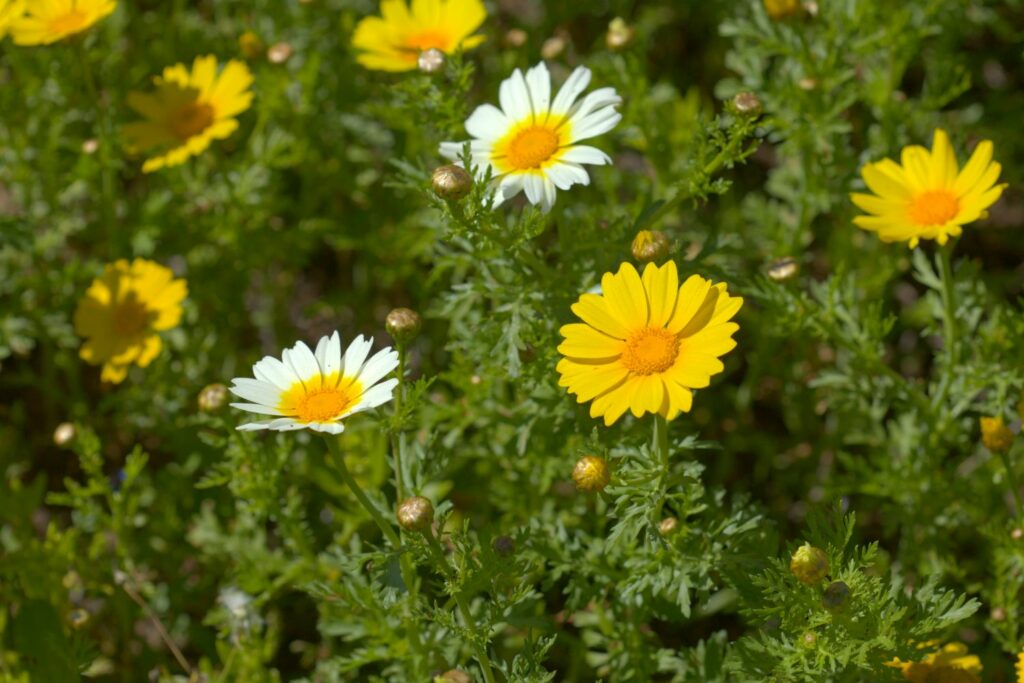
For more expert gardening knowledge and care tips on these plants, take a look at our other article on chrysanthemums. We also have an overview of an assortment of decorative autumn flowers for your garden and balcony.


